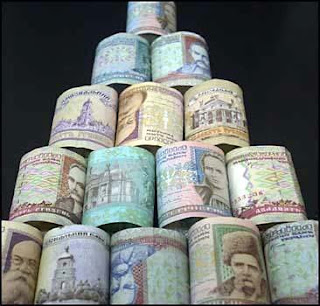Inflows of foreign
exchange increase the demand for the domestic currency. Outflows of
foreign exchange increases the supply of domestic currency over the
period for which BOP is complied. If the flows exceed the outflows,
then increase in demand for domestic currency exceeds in supply of
domestic currency. Thus BOP position has an influence on the exchange
rates.
BOP AND EXCHANGE
RATE UNDER FLOATING EXCHANGE RATE
 the central bank need not maintain foreign exchange reserves. But
many countries on a managed float continue to hold foreign exchange
reserves. When there are net inflow into country, increase in demand
for domestic currency, exceeds the increase In supply of domestic
currency. The domestic currency appreciates and the exchange rate
goes up. The appreciation of domestic currency takes place
continuously in the foreign exchange market.
the central bank need not maintain foreign exchange reserves. But
many countries on a managed float continue to hold foreign exchange
reserves. When there are net inflow into country, increase in demand
for domestic currency, exceeds the increase In supply of domestic
currency. The domestic currency appreciates and the exchange rate
goes up. The appreciation of domestic currency takes place
continuously in the foreign exchange market.
The import bill is higher due to domestic currency
depreciation. But exports will rise only after some time and
immediate result is a negative balance of trade. This is called 'J
curve' effect. (the shape of the balance of trade curve will look
like the letter 'J')
BOP AND EXCHANGE
RATE UNDER FIXED EXCHANGE RATE
the central bank steps in to buy domestic currency when net
foreign exchange inflows are positive, and sells the domestic
currency when net foreign exchange reserves are negative. The central
bank's foreign exchange reserve are augmented when it buys foreign
exchange and depleted when it sells them. when foreign exchange reserves are depleted, the country may not be able to pay for it's exports. when there are net foreign exchange inflows, the central bank accumulates foreign exchange reserves by buying foreign exchange and selling the domestic currency.





0 Comments